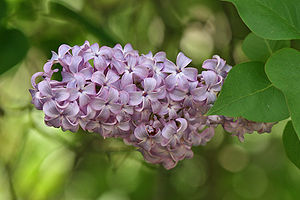Difference between revisions of "Syringa vulgaris"
Jump to navigation
Jump to search
m (1 revision: Syringa vulgaris) |
(cut down) |
||
| Line 1: | Line 1: | ||
| − | |||
| − | |||
{{Speciesbox | {{Speciesbox | ||
|name = Common lilac | |name = Common lilac | ||
| Line 10: | Line 8: | ||
}} | }} | ||
| − | + | [[Category:Oleaceae]] | |
| − | + | [[Category:Plants for Keenan to eat]] | |
| − | |||
| − | |||
| − | |||
| − | |||
| − | |||
| − | |||
| − | |||
| − | |||
| − | |||
| − | |||
| − | |||
| − | |||
| − | |||
| − | |||
| − | |||
| − | |||
| − | |||
| − | |||
| − | |||
| − | |||
| − | |||
| − | |||
| − | |||
| − | |||
| − | |||
| − | |||
| − | |||
| − | |||
| − | |||
| − | |||
| − | |||
| − | |||
| − | |||
| − | |||
| − | |||
| − | |||
| − | |||
| − | |||
| − | |||
| − | |||
| − | |||
| − | |||
| − | |||
| − | |||
| − | |||
| − | |||
| − | |||
| − | |||
| − | |||
| − | |||
| − | |||
| − | |||
| − | |||
| − | |||
| − | |||
| − | |||
| − | |||
| − | [[Category: | ||
| − | |||
| − | |||
| − | [[Category:Plants | ||
| − | |||
| − | |||
Latest revision as of 09:27, 24 June 2018
| Common lilac | |
|---|---|

| |
| Flowers and leaves of S. vulgaris | |
| Scientific classification | |
| Kingdom: | Plantae |
| Clade: | Angiosperms |
| Clade: | Eudicots |
| Clade: | Asterids |
| Order: | Lamiales |
| Family: | Oleaceae |
| Genus: | Syringa |
| Species: | S. vulgaris
|
| Binomial name | |
| Syringa vulgaris | |